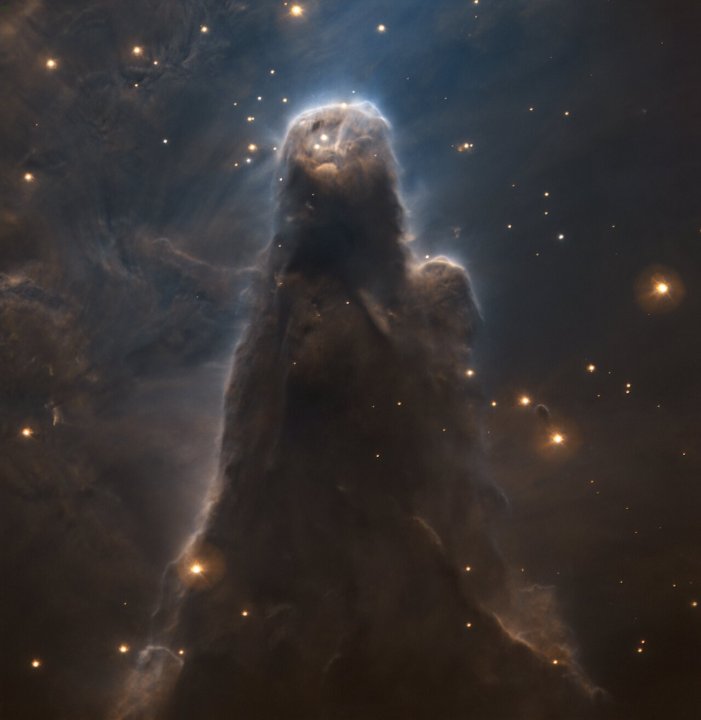A stunning image of a distant nebula has been taken using the Very Large Telescope. The Cone Nebula, located 2,700 light-years away in the constellation of Monoceros (the Unicorn), is huge in size at 7 light-years long. The Cone Nebula is next to the beautiful Christmas Tree cluster, also known as NGC 2264.
The image was shared by the European Southern Observatory (ESO) in celebration of its formation 60 years ago. ESO operates ground-based telescopes in Chile including the Very Large Telescope, the Atacama Large Millimeter Array, and the New Technology Telescope.

The Very Large Telescope was able to capture this image using its FOcal Reducer and low dispersion Spectrograph 2 (FORS2) instrument which operates in the visible light wavelength. Using different filters, different elements can be color-coded so that in this image hydrogen is seen in blue and sulfur in red. The bright yellow-looking stars in the image would normally appear blue as they are very young and bright, being born in the swirl of dust and gas of the nebula.
“The Cone Nebula is a perfect example of the pillar-like shapes that develop in the giant clouds of cold molecular gas and dust, known for creating new stars,” ESO writes. “This type of pillar arises when massive, newly formed bright blue stars give off stellar winds and intense ultraviolet radiation that blow away the material from their vicinity. As this material is pushed away, the gas and dust further away from the young stars gets compressed into dense, dark and tall pillar-like shapes. This process helps create the dark Cone Nebula, pointing away from the brilliant stars in NGC 2264.”



